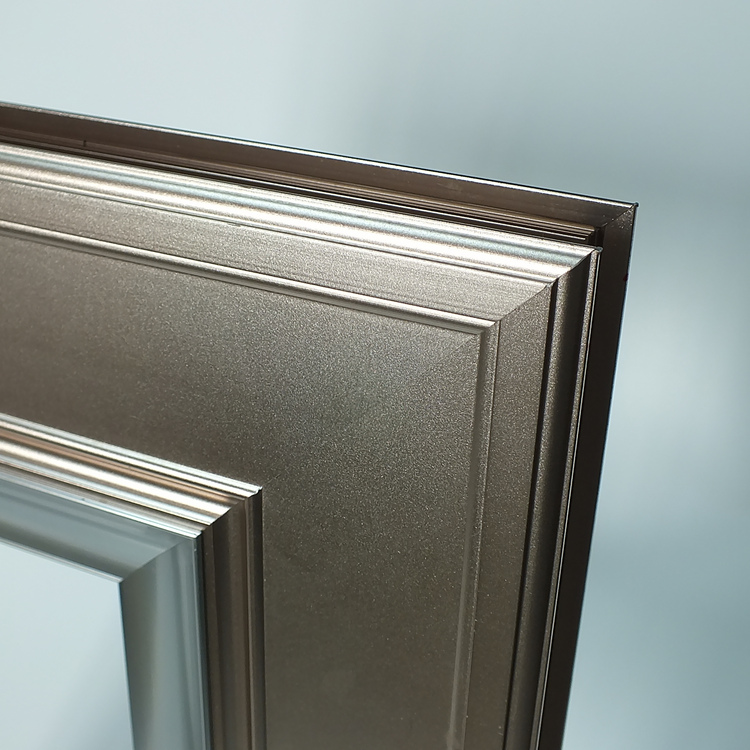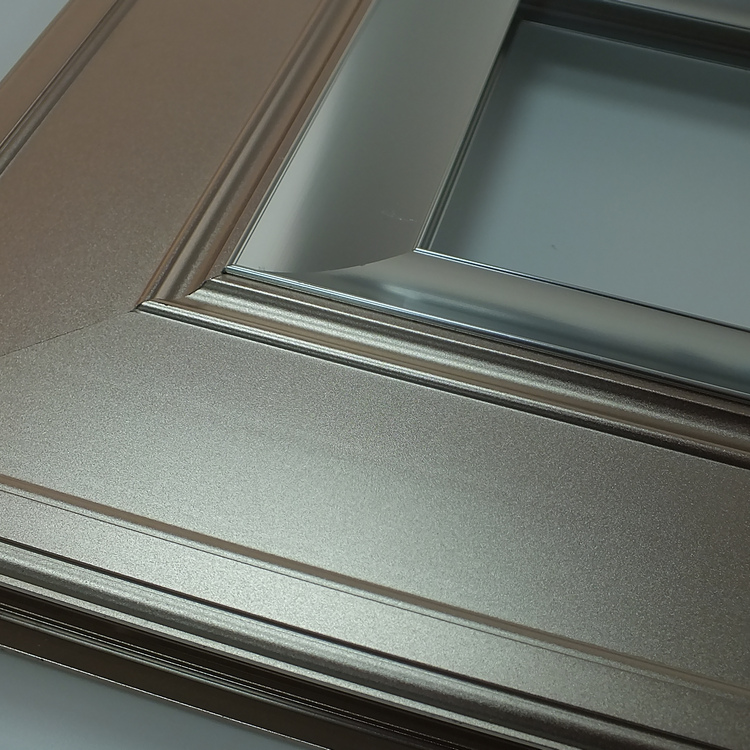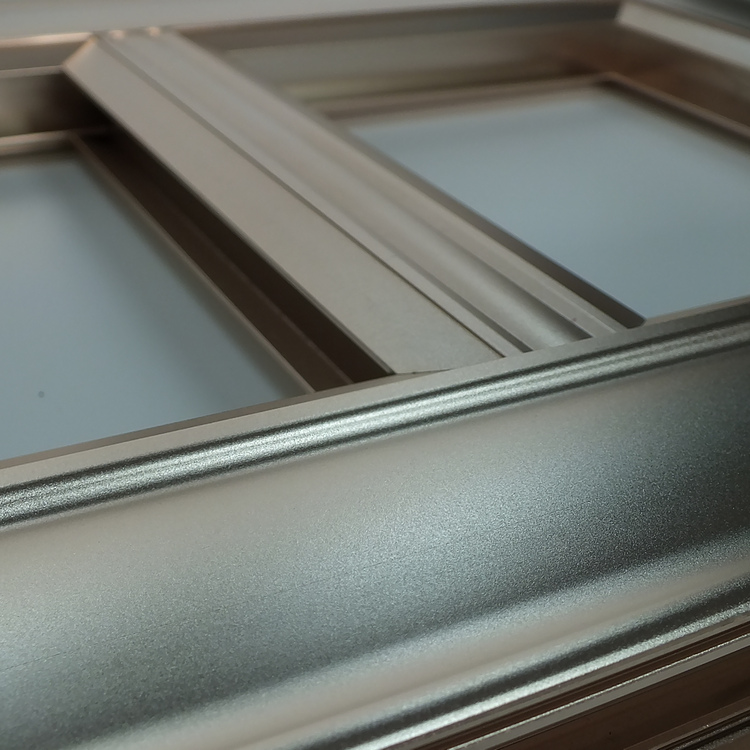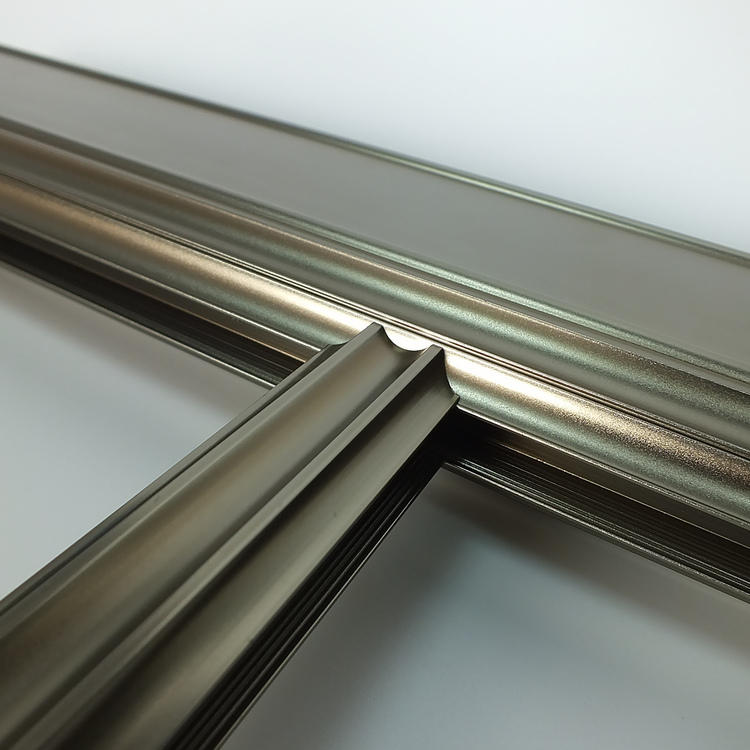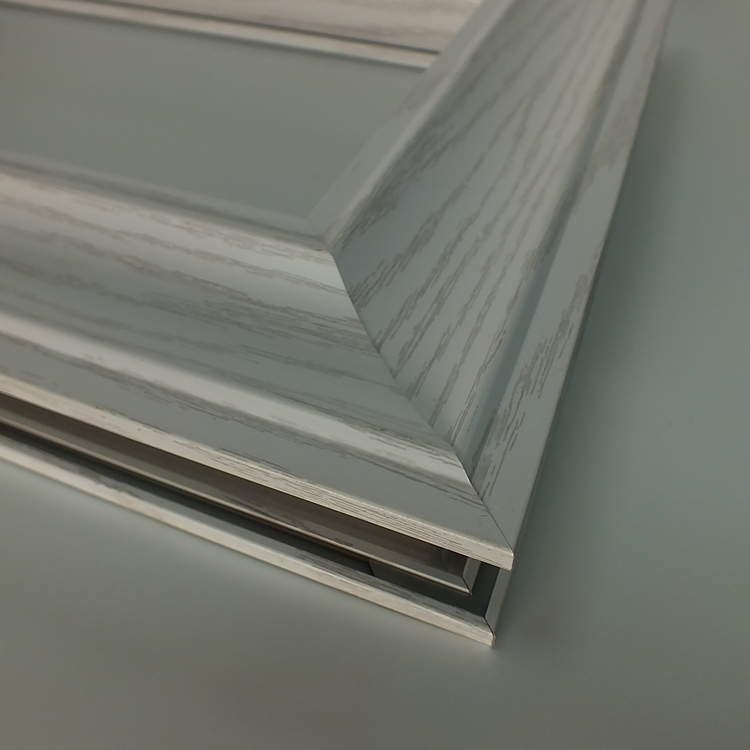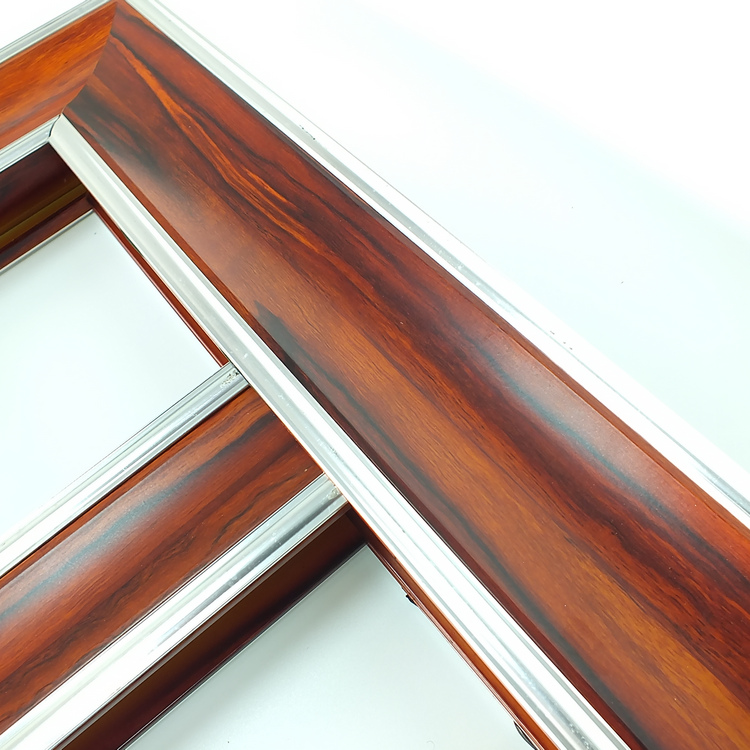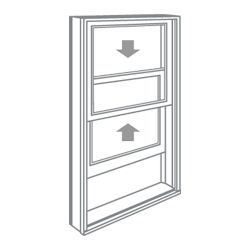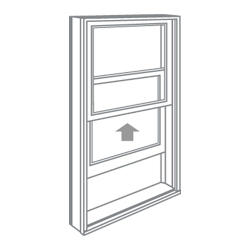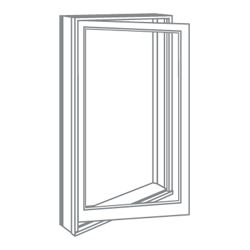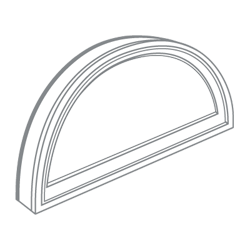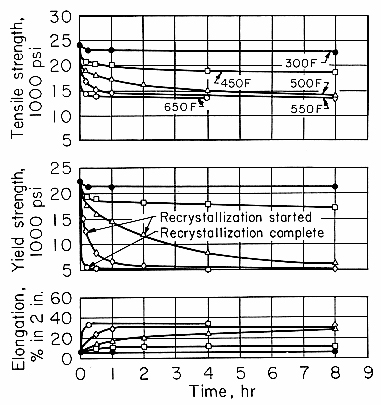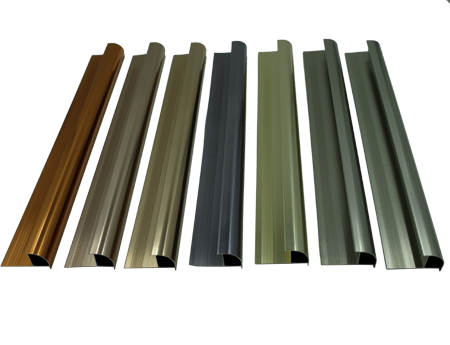Aluminum is one of the few metals that can be cast by all of the processes used in casting metals. These processes, in decreasing order of amount of aluminum casting, are: die casting, permanent mold casting, sand casting (green sand and dry sand), plaster casting, investment casting, and continuous casting. Other processes such as lost foam, squeeze casting, and hot isostatic pressing are also mentioned.
There are many factors that affect selection of a casting process for producing a specific aluminum alloy part. The most important factors for all casting processes are:
- Feasibility and cost factors
- Quality factors.
In terms of feasibility, many aluminum alloy castings can be produced by any of the available methods. For a considerable number of castings, however, dimensions or design features automatically determine the best casting method. Because metal molds weigh from 10 to 100 times as much as the castings they are used in producing, most very large cast products are made as sand castings rather than as die or permanent mold castings. Small castings usually are made with metal molds to ensure dimensional accuracy.
Quality factors are also important in the selection of a casting process. When applied to castings, the term quality refers to both degree of soundness (freedom from porosity, cracking, and surface imperfections) and levels of mechanical properties (strength and ductility).
However, it should be kept in mind that in die casting, although cooling rates are very high, air tends to be trapped in the casting, which gives rise to appreciable amounts of porosity at the center. Extensive research has been conducted to find ways of reducing such porosity; however, it is difficult if not impossible to eliminate completely, and die castings often are lower in strength than low-pressure or gravity-fed permanent mold castings, which are more sound in spite of slower cooling.
Die Casting
Alloys of aluminum are used in die casting more extensively than alloys of any other base metal. In the United States alone, about 2.5 billion dollars worth of aluminum alloy die castings is produced each year. The die casting process consumes almost twice as much tonnage of aluminum alloys as all other casting processes combined.
Die casting is especially suited to production of large quantities of relatively small parts. Aluminum die castings weighing up to about 5 kg are common, but castings weighing as much as 50 kg are produced when the high tooling and casting-machine costs are justified.
Typical applications of die cast aluminum alloys include:
- Alloy 380.0 – Lawnmower housings, gear
- Alloy A380.0 – Streetlamps housings, typewriter frames, dental equipment
- Alloy 360.0 – Frying skillets, cover plates, instrument cases, parts requiring corrosion resistance.
- Alloy 413.0 – Outboard motor parts such as pistons, connecting rods, and housings
- Alloy 518.1 – Escalator parts, conveyor components, aircraft and marine hardware and lit tings.
With die casting, it is possible to maintain close tolerances and produce good surface finishes. Die castings are best designed with uniform wall thickness: minimum practical wall thickness for aluminum alloy die castings is dependent on casting size.
Die castings are made by injection of molten metal into metal molds under substantial pressure. Rapid injection and rapid solidification under high pressure combine to produce a dense, fine-grain surface structure, which results in excellent wear and fatigue properties. Air entrapment and shrinkage, however, may result in porosity, and machine cuts should be limited to 1.0 mm to avoid exposing it.
Aluminum alloy die castings usually are not heat treated but occasionally are given dimensional and metallurgical stabilization treatments.
Die castings are not easily welded or heat treated because of entrapped gases. Special techniques and care in production are required for pressure-tight parts. The selection of an alloy with a narrow freezing range also is helpful. The use of vacuum for cavity venting is practiced in some die casting foundries for production of parts for some special applications.
Approximately 85% of aluminum alloy die castings are produced in aluminum-silicon-copper alloys (alloy 380.0 and its several modifications). This family of alloys provides a good combination of cost, strength, and corrosion resistance, together with the high fluidity and freedom from hot shortness that are required for ease of casting. Where better corrosion resistance is required, alloys lower in copper, such as 360.0 and 413.0 must be used.
Alloy 518.0 is occasionally specified when highest corrosion resistance is required. This alloy, however, has low fluidity and some tendency to hot shortness. It is difficult to cast, which is reflected in higher cost per casting.
Permanent mold casting
Permanent mold (gravity die) casting, like die casting, is suited to high-volume production. Permanent mold castings typically are larger than die castings. Maximum weight of permanent mold castings usually is about 10 kg, but much larger castings sometimes are made when costs of tooling and casting equipment are justified by the quality required for the casting.
Permanent mold castings are gravity-fed and pouring rate is relatively low, but the metal mold produces rapid solidification. Permanent mold castings exhibit excellent mechanical properties. Castings are generally sound, provided that the alloys used exhibit good fluidity and resistance to hot tearing.
Mechanical properties of permanent mold castings can be further improved by heat treatment. If maximum properties are required, the heat treatment consists of a solution treatment at high temperature followed by a quench and then natural or artificial aging. For small castings in which the cooling rate in the mold is very rapid or for less critical parts, the solution treatment and quench may be eliminated and the fast cooling in the mold relied on to retain in solution the compounds that will produce age hardening.
Some common aluminum permanent mold casting alloys, and typical products cast from them, are presented below.
- Alloy 366.0 – Automotive pistons
- Alloys 355.0, C355.0, A357.0 – Timing gears, impellers, compressors, and aircraft and missile components requiring high strength
- Alloys 356.0, A356.0 – Machine tool parts, aircraft wheels, pump parts, marine hardware, valve bodies
- Other aluminum alloys commonly used for permanent mold castings include 296.0, 319.0, and 333.0.
Sand casting
Sand casting, which in a general sense involves the forming of a casting mold with sand, includes conventional sand casting and evaporative pattern (lost-foam) casting.
In conventional sand casting, the mold is formed around a pattern by ramming sand, mixed with the proper bonding agent, onto the pattern. Then the pattern is removed, leaving a cavity in the shape of the casting to be made. If the casting is to have internal cavities or undercuts, sand cores are used to make them. Molten metal is poured into the mold, and after it has solidified the mold is broken to remove the casting. In making molds and cores, various agents can be used for bonding the sand. The agent most often used is a mixture of clay and water.
Casting quality is determined to a large extent by foundry technique. Proper metal-handling practice is necessary for obtaining sound castings. Complex castings with varying wall thickness will be sound only if proper techniques are used.
Evaporative (lost-foam) pattern casting
Evaporative pattern casting (EPC) is a sand casting process that uses an unbounded sand mold with an expendable polystyrene pattern placed inside of the mold. This process is somewhat similar to investment casting in that an expendable material can be used to form relatively intricate patterns in a surrounding mold material. Unlike investment casting, however, evaporative pattern casting (EPC) involves a polystyrene foam pattern that vaporizes during the pouring of molten metal into a surrounding mold of unbounded sand.
Shell Mold Casting
In shell mold casting, the molten metal is poured into a shell of resin-bonded sand only 10 to 20 mm thick – much thinner than the massive molds commonly used in sand foundries. Shell mold castings surpass ordinary sand castings in surface finish and dimensional accuracy and cool at slightly higher rates; however, equipment and production are more expensive.
Plaster Casting
In this method, either a permeable (aerated) or impermeable plaster is used for the mold. The plaster in slurry form is poured around a pattern, the pattern is removed and the plaster mold is baked before the casting is poured. The high insulating value of the plaster allows castings with thin wads to be poured.
Minimum wall thickness of aluminum plaster castings typically is 1.5 mm. Plaster molds have high reproducibility, permitting castings to be made with fine details and close tolerances. Mechanical properties and casting quality depend on alloy composition and foundry technique. Slow cooling due to the highly insulating nature of plaster molds tends to magnify solidification-related problems, and thus solidification must be controlled carefully to obtain good mechanical properties.
Cost of basic equipment for plaster casting is low; however, because plaster molding is slower than sand molding, cost of operation is high. Aluminum alloys commonly used for plaster casting are 295.0, 355.0, C355.0, 356.0 and A356.0.
Investment casting
Investment casting of aluminum most commonly employs plaster molds and expendable patterns of wax or other fusible materials. Plaster slurry is “invested” around patterns for several castings, and the patterns are melted out as the plaster is baked.
Investment casting produces precision parts; aluminum castings can have walls as thin as 0.40 to 0.75 mm. However, investment molding is often used to produce large quantities of intricately shaped parts requiring no further machining so internal porosity seldom is a problem. Because of porosity and slow solidification, mechanical properties are low.
Investment castings usually are small, and it is especially suited to production of jewelry and parts for precision instruments. Recent strong interest by the aerospace industry in the investment casting process has resulted in limited use of improved technology to produce premium quality castings. Combining this accurate dimensional control with the high and carefully controlled mechanical properties can, at times, justify casting costs and prices normally not considered practical.
Aluminum alloys commonly used for investment castings are 208.0, 295.0, 308.0, 355.0, 356.0, 443,0, 514.0, 535.0 and 712.0.
Centrifugal Casting
Centrifuging is another method of forcing metal into a mold. Steel baked sand, plaster, cast iron, or graphite molds and cores are used for centrifugal casting of aluminum. Metal dies or molds provide rapid chilling, resulting in a level of soundness and mechanical properties comparable or superior to that of gravity-poured permanent mold castings.
Wheels, wheel hubs, and papermaking or printing rolls are examples of aluminum parts produced by centrifugal casting. Aluminum alloys suitable for permanent mold, sand, or plaster casting can be cast centrifugally.
Continuous Casting
Long shapes of simple cross section (such as round, square, and hexagonal rods) can be produced by continuous casting, which is done in a short, bottomless, water-cooled metal mold.
The casting is continuously withdrawn from the bottom of the mold; because the mold is water cooled, cooling rate is very high. As a result of continuous feeding, castings generally are free of porosity. In most instances, however, the same product can be made by extrusion at approximately the same cost and with better properties, and thus use of continuous casting is limited. The largest application of continuous casting is production of ingot for rolling, extrusion, or forging.
Composite-Mold Casting
Many of the molding methods described above can be combined to obtain greater flexibility in casting. Thus, dry sand cores often are used in green sand molds, and metal chills can be used in sand molds to accelerate local cooling.
Hot isostatic pressing
Hot isostatic pressing of aluminum castings reduces porosity and can thus decrease the scatter in mechanical properties. The method also makes possible the salvaging of castings that have been scrapped for reasons of internal porosity, thereby achieving improved foundry recovery. This advantage is of more significant importance in the manufacture of castings subject to radiographic inspection when required levels of soundness are not achieved in the casting process. The development of hot isostatic pressing is pertinent to the broad range of premium castings, but is especially relevant for the more difficult-to-cast aluminum-copper series.
Hybrid Permanent Mold Processes
Although die casting, centrifugal casting, and gravity die casting constitute, on a volume basis, the major permanent mold processes, there are also some hybrid processes that use permanent molds. This includes squeeze casting and semisolid metal processing.
 The 2016 Chinese Lunar New Year will be on Feb. 8 and it is the year of the Monkey. Think Christmas but the date varies based on the lunar calendar, however, it normally falls between mid-Jan to end of Feb.
The 2016 Chinese Lunar New Year will be on Feb. 8 and it is the year of the Monkey. Think Christmas but the date varies based on the lunar calendar, however, it normally falls between mid-Jan to end of Feb.